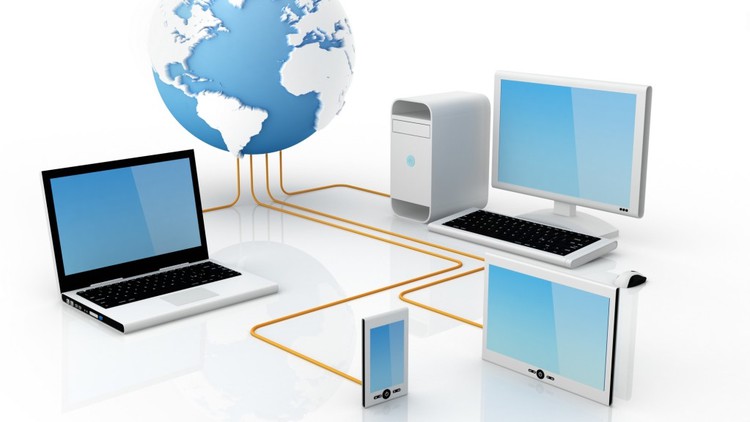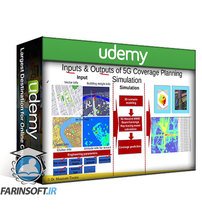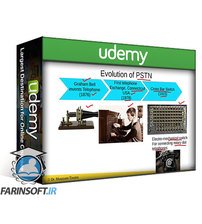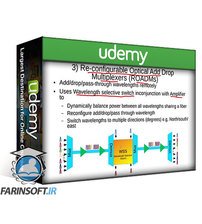15 - The Reason Internet Exists Networking Applications Their Design Principle
16 - Types of Network Applications ClientServer Architecture
17 - Types of Network Applications PeertoPeer Architecture
18 - Examples of Application Layer Protocols
19 - Transport Service Requirements for Different Application Layer Protocols
20 - How Processes Communicate using Sockets
21 - TCP Vs UDP as the Transport Layer Protocols
22 - Transport Layer Protocols Used by the Notable Application Layer Protocols
23 - Hypertext Transfer Protocol HTTP Anatomy of a Webpage
24 - Overview of HTTP Protocol
25 - Persistent NonPersistent HTTP
26 - NonPersistent HTTP Example
27 - Per Object Response Time in NonPersistent HTTP
28 - Response Time Comparison Between Persistent NonPersistent HTTP
29 - General Format of an HTTP Request Message
30 - HTTP Request Methods
31 - General Format of an HTTP Response Message
32 - HTTP Response Status Codes
33 - Why use Cookies to Maintain ClientServer State
34 - Application of Cookies
35 - Maintaining Client Server State Using Cookies
36 - Displaying a Web Page with AD without using Cookies
37 - Use Third Party Cookies To Track a Users Behaviour Display Targeted Ads
38 - Cookies and Privacy Concerns
39 - How Web Cache aka Proxy Server Works
40 - Conditional GET to Update the Web Cache
41 - Introduction to File Transfer Protocol FTP
42 - FTP Separate Control Data Connections
43 - FTP Commands Responses
44 - Simple Mail Transfer Protocol SMTP Components of an Internet Email System
45 - Example Scenario Alice Sends an Email to Bob
46 - An Email Message Format
47 - SMTP Protocol Description RFC 5321
48 - An Example of SMTP ClientServer Interaction
49 - Mail Access Protocols POP IMAP HTTP
50 - Introduction to Domain Name System DNS
51 - Basic Working Principle of DNS
52 - Root TopLevel Domain and Authoritative Servers
53 - DNS Name Resolution Iterated Query
54 - DNS Name Resolution Recursive Query
55 - Caching of DNS Information To Improve Response Time
56 - BitTorrent PeertoPeer File Sharing Application
57 - BitTorrent TitforTat Upload Priority








-Architecture,-Procedures-And-Use-Cases-main-resized.jpg)


